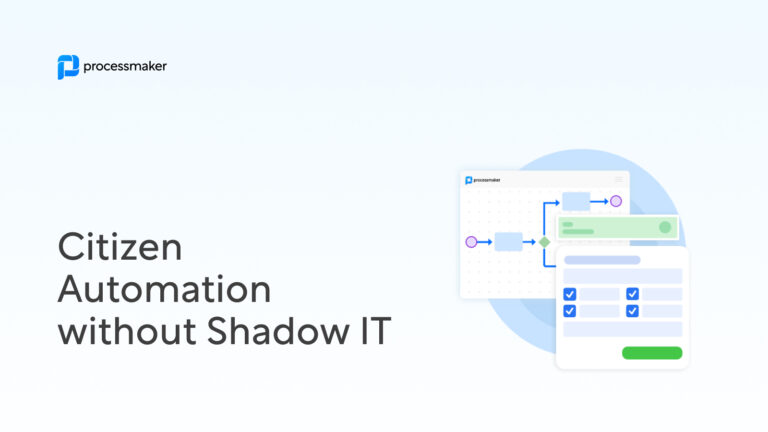The previous post in this series covered the basics of business process modeling. This installment demonstrates how business process modeling tools provide insight into the stakeholders and resources involved in the process. This insight empowers executives to make data-driven decisions that optimize their businesses.
Using Business Process Modeling to Improve Employee Efficiency Through Communication
Process models promote process communication and employee efficiency by illustrating each activity and the corresponding roles of each stakeholder. Each model shows how employees interact with each activity and other stakeholders in the process. This makes it easier to seek out information by connecting the right people.
Improved communication leads to improved employee efficiency by fostering collaboration and transparency. Team members can complete tasks more quickly by working together with other process stakeholders to pool information and knowledge. Handoffs are smoother because stakeholders are aware of each other’s involvement at every point in the process. Lost documents do not cause production gaps while employees search for them. When production problems occur, management can refer to the process map to keep the workflow running smoothly.
Using Business Process Modeling to Improve Allocation and Use of Resources
Business process modeling not only clarifies the role of each stakeholder, but it also helps track the resources stakeholders use to complete tasks. Parceling processes into individual tasks makes it easier to see exactly where the company spends resources and capital. During the execution of the process, managers can determine whether employees have access to adequate resources to complete tasks in a timely manner. Therefore, executives can then view the process model to make informed decisions about where to allocate capital. This way, companies can fully analyze the cost-effectiveness of all resources and investments.
Managers and executives can refer to process models to gain visibility into the use of existing resources. Managers can provide additional training to employees to take advantage of underutilized resources, redeploy resources for other purposes or cut underused resources completely. Executives can analyze successful business tools and apply them to other processes or activities within the same process. The deeper insight that process modeling lends to companies leads to an increase in the return on investment (ROI) of all existing resources.
The Results
Modeling processes helps pair employees with resources to get the best results. When processes are properly mapped, models give valuable insight into the role of each stakeholder in the process, facilitating communication between team members and improving employee and business efficiency. Resources used to complete tasks can be thoroughly evaluated for cost-effectiveness, optimizing the allocation and increasing ROI. Transparency into process stakeholders and resources lays the groundwork for future process improvements, bringing companies closer to the benefits of workflow optimization.
Next in the Series
The next blog post will explain how business process modeling helps executives set proper benchmarks to implement needed change throughout the enterprise.





